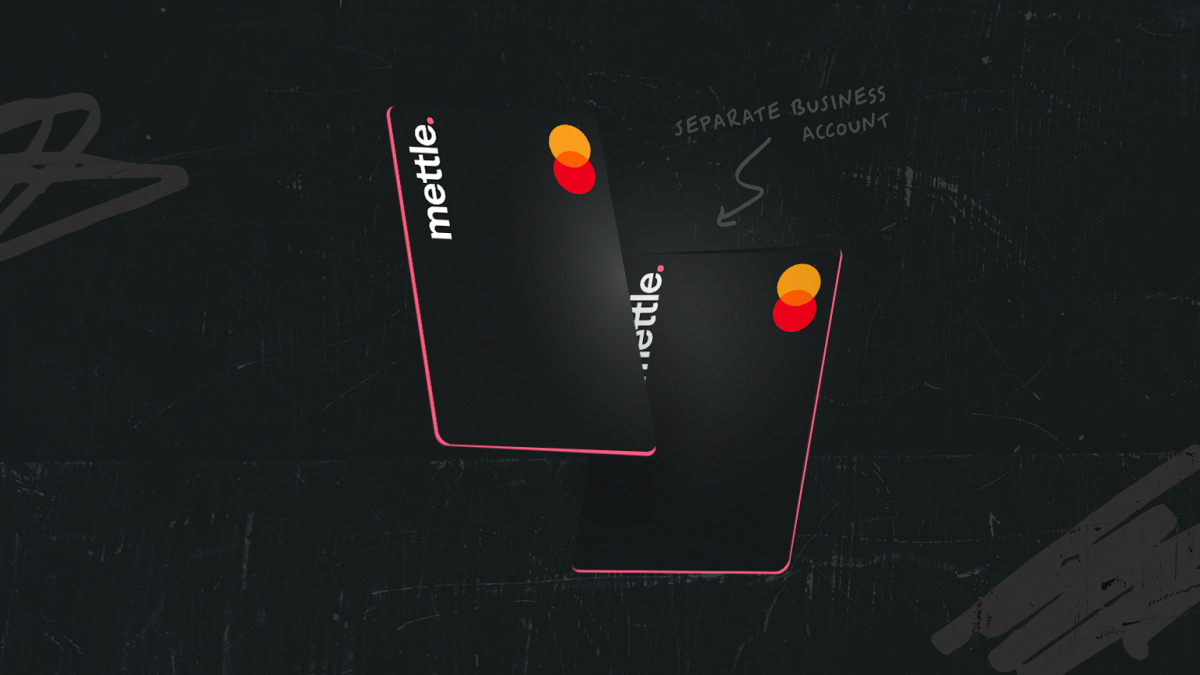Before we get in-depth on Value Added Tax (VAT) exemption, let’s get some background on what VAT is, how it works and who it applies to.
VAT was first introduced back in 1973 meaning it's now been part of the UK tax system for half a century. It’s certainly a key tax from the Government’s perspective as around a third of their total revenue is generated by VAT. From a consumer perspective, VAT flies somewhat under the radar as it’s included in the price you pay for many everyday goods and services.
But what about from a business perspective? What is VAT?
VAT is a transaction-based tax that’s levied on the majority of goods and services that you pay for. It’s imposed at all stages of the supply chain with the cost ultimately being borne by the end consumer. All VAT-registered businesses have to charge VAT on the taxable goods and services that they sell. That VAT must then be paid to HMRC at regular intervals, usually each quarter.
Which businesses are affected?
The mandatory registration threshold for VAT is £90,000 and will remain at this level until March 31, 2024. This means that all businesses that expect their taxable turnover to be above that amount must register with HMRC for VAT. Any businesses with a turnover below £90,000 can voluntarily register and reclaim VAT on their expenses.
Businesses that are VAT registered charge VAT on their sales (output VAT) and incur VAT on purchases that they make (input VAT). The VAT they have incurred on their inputs can then be offset from the VAT that’s been collected on their outputs. In effect, this means that the difference between the output and input VAT is what determines their net VAT liability.
If a business has charged and collected more VAT on its sales than it incurred on its purchases or expenses, then the difference will need to be paid to HMRC. On the flip side, if a business has charged and collected less VAT on its sales than it has incurred on its purchases or expenses, then the difference will be repaid by HMRC.
What are the VAT Rates?
The amount of VAT charged differs depending on the type of taxable goods and services being sold. Three VAT rates are chargeable: The Standard Rate is 20%, the Reduced Rate is 5% and the Zero Rate is, as you’d expect, 0%.
Let’s look at taxable goods and services before covering the VAT rates in more detail.
Taxable goods and services
Taxable goods and services are defined as any transactions or items that are subject to VAT. This means that businesses must charge VAT on applicable items which they then in turn pay to the Government. The amount of VAT charged depends on which category the product or service is in.
Standard Rate
The Standard (20%) VAT rate is levied against the majority of goods and services you buy including most consumer goods, clothes, furniture, electronics, non-essential food & drink items as well as entertainment activities and professional services.
Reduced Rate
The Reduced (5%) VAT rate is applicable to some goods and services that the Government considers to be of benefit socially or environmentally, or are considered essential items. Examples include children’s car seats, home fuel and power items, energy-saving materials and certain conversions or renovations on residential properties.
Zero-Rated Goods & Services
Goods and services that are zero-rated are still subject to VAT, but the rate is 0%. For businesses, this means that you’re able to claim back VAT that you’ve paid on your inputs for any zero-rated goods or services. Zero-rated items include children’s footwear and clothing, newspapers, books, public transport, prescription medication and staple foods such as vegetables, milk and bread.
VAT Exempt Goods & Services
Certain goods and services are fully exempt from VAT, meaning that the cost of VAT doesn’t have to be paid by consumers and businesses for qualifying goods and services. Qualifying items are determined by the Government for economic, policy or social reasons, or considered essential goods that the Government wants to be affordable and accessible.
Examples of VAT-exempt items include:
Charitable activities and fundraising events
Certain healthcare services
Education and training
Financial services including loans and bank charges
Insurance including life and health insurance
Stamps and postal services
Cultural activities such as admission charges for museums and exhibitions
The main benefit for businesses of being VAT exempt is that their goods or services are available at a lower cost than if VAT was levied. This can help stimulate sales as it results in cost savings for consumers. There’s also an advantage in terms of simplified admin as there’s no need to register for VAT, charge VAT or submit quarterly VAT returns.
This is particularly beneficial for personal purchases or non-VAT registered businesses who are unable to reclaim VAT on their purchases, meaning the cost would be lower if VAT has not been charged.
There is a downside, however, as a VAT-exempt business can’t reclaim VAT on their costs. This means that the VAT cost would be suffered by the business on any taxable goods and services they purchase, unlike a VAT-registered business that could reclaim the VAT.
It’s important to note that a business can’t choose to be VAT exempt, it’s determined by the type of goods and services they provide. If all the goods and services sold by a business are exempt from VAT, they will not be able to register for VAT and therefore cannot reclaim any VAT on their purchases or expenses.
As a small business owner, if your business is registered for VAT it’s vital that you classify your goods and services correctly so the right VAT rate is applied to ensure compliance with VAT regulations. You risk potential penalties from HMRC, or missing the opportunity to reclaim VAT, if you apply the rates incorrectly and overpay or underpay as a result.
You must issue your customers with VAT invoices to show the amount of VAT that’s been charged. You also have to maintain a record of your VAT transactions which must include purchases and sales as well as any VAT payments or reclaims. These records should be retained for a minimum of 6 years.
VAT regulations are relatively complex and constantly evolving so it’s sensible to seek guidance and advice from an accountant so that you have a full understanding of any exemptions, and to ensure compliance with the regulations. An accountant can also assist with submitting your quarterly VAT returns to HMRC and advise you on how to take advantage of the VAT Flat Rate Scheme (FRS) and any other accounting needs you have.
The Flat Rate Scheme can also help simplify VAT for businesses with an annual turnover below £150,000 (excluding VAT). The FRS allows qualifying businesses to apply a fixed VAT rate to their total turnover regardless of the VAT amount charged on their sales. The benefit is that VAT calculations become simpler and there’s a reduced amount of administration required.
In summary, it’s vital that business owners understand and remain compliant with VAT rules and regulations, including VAT exemption so that reporting is accurate and quarterly VAT returns are correct and paid on time.




